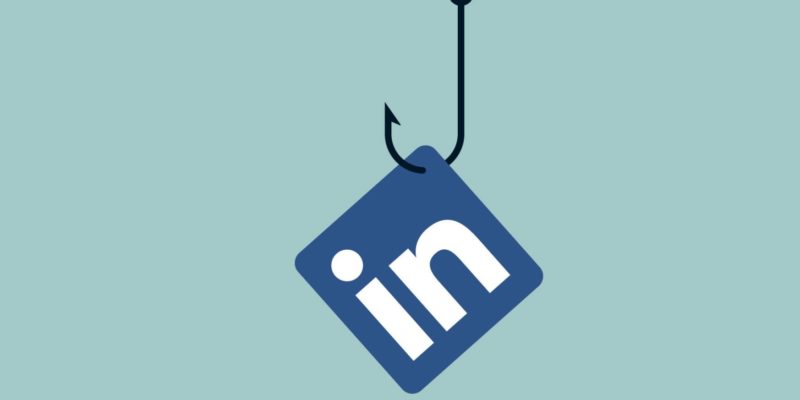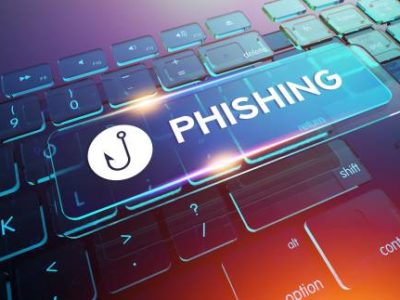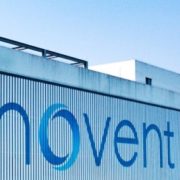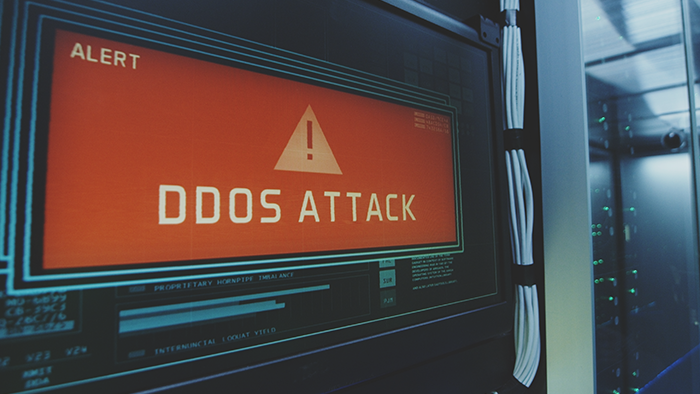Cybersecurity expert advises businesses on how to avoid LinkedIn scammers/swindlers
More than half of businesses (56%) experienced at least one LinkedIn scam this year, according to the newest research by NordLayer, a network security solution for businesses. The most affected tend to be big companies (65%), requests to connect from an unknown person with a suspicious link in the message is the most popular scam they encounter (47%), and damaged reputation (48%) was the leading outcome of LinkedIn scams.
RELATED: LinkedIn is first among brands most likely to be compromised by phishing attempts in Q1 2022
“Like in every social media platform, attackers and scammers seek information and money or ruin reputations. We know that employees are considered to be the weakest link in the cybersecurity chain, and LinkedIn has millions of professional accounts, making it an even more appealing target for scammers. So no one should let their guard down, no matter how professional a message might look,” says Carlos Salas, a cybersecurity expert at NordLayer.
What size companies are the most affected by LinkedIn scams?
According to the research, 65% of big companies have been contacted by a scam/fake account on LinkedIn at least once. Furthermore, 58% of medium and 31% of small companies have experienced it at least once.
Carlos Salas says, “Cyberattacks are a major threat to businesses of all sizes. However, big companies are often the most targeted due to their data and value. They also have larger networks and databases, making them vulnerable to attack if their security measures are not up to par. Hackers will often focus their efforts on these targets to maximize their rewards.”
Most common types of LinkedIn scams and employees’ response to them
Data revealed that a fake job offer (47%) is the most prevailing LinkedIn scam among businesses. Moreover, they also receive phishing attempts (47%), requests to connect from an unknown person with a suspicious link in the message (41%), and fake tech support (38%).
Surprisingly, almost half of companies (45%) are also aware of a scam on LinkedIn using their organization’s brand name. This type of scam was the most prevalent among big companies (53%), but it’s also common among medium ones: 53% of these businesses indicated that this type of scam also happened to them. Only small companies noted that they almost never experience such scams (13%).
Research also shows that the most popular employee action against these scams was to contact the LinkedIn administration (71%). Also, publish a post on social media about the scammers (71%), as well as report it to the police (51%).
Damaged reputation is the leading outcome of LinkedIn scams for big organizations
As the leading outcome of LinkedIn scams, big companies named damaged reputation (48%) as well as stolen/damaged data and high financial loss (40% each). Medium enterprises were hurt the most by damaged reputation (47%) and stolen/damaged client contacts (45%). Lastly, small companies that experienced any kind of scam indicated that financial loss (67%) as well as interruption to operations and stolen intellectual property (58% each) were the most common damage.
“One of the best ways to protect your business from LinkedIn scams is to educate your employees about the types of scams that exist and how to recognize them. Also, encourage your employees to use two-factor authentication (2FA) on their LinkedIn accounts as well as verify requests for information.
“Finally, regularly monitor the activity on your business’s LinkedIn account. Look for any suspicious activity, such as unauthorized logins or changes to account information. If you notice signs that your business has been targeted by a LinkedIn scam, report the activity to LinkedIn immediately and take steps to secure your accounts and data,” says Salas.
Methodology: NordLayer surveyed 500 companies in 3 countries: the United States, the United Kingdom, and Canada. The external agency SAGO conducted the surveys between March 15 and 25, 2023. Respondents were asked a set of questions about LinkedIn scams in the B2B industry. The samples were taken from non-governmental organizations operating in the services industry, and the target respondents were decision-makers (sole or partial) for IT-related acquisitions. Companies were divided into 3 main groups regarding size: 1 – 10 employees (small), 11-200 employees (medium), 201+ employees (large).
COVER IMAGE: ExpressVPN


































